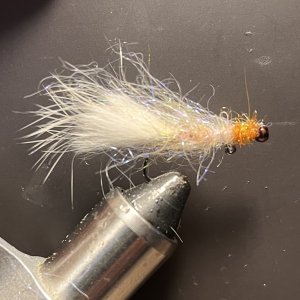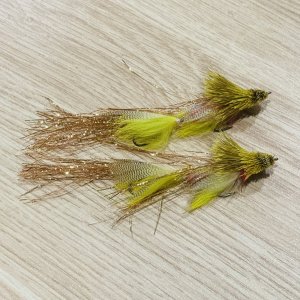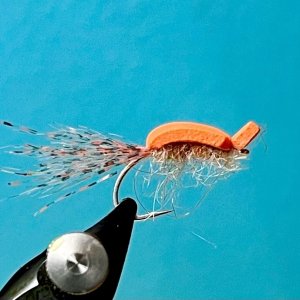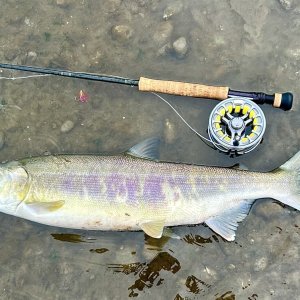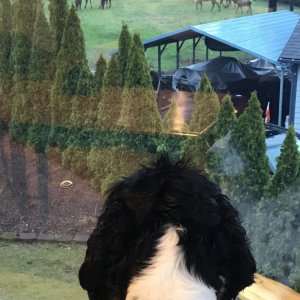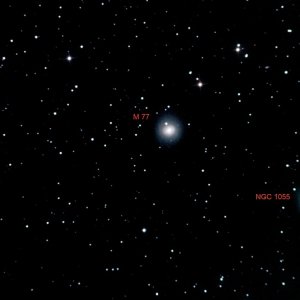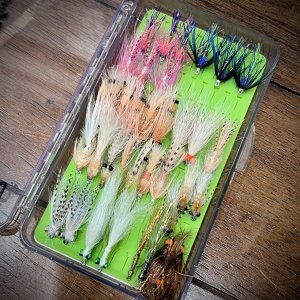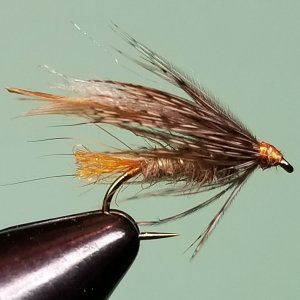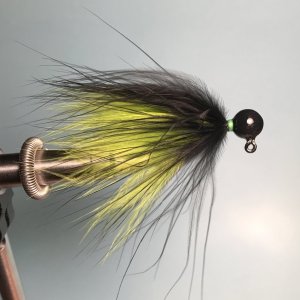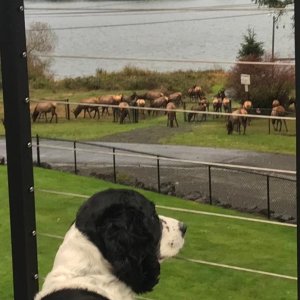After being skunked yesterday I stopped at the Boston Harbor boat ramp to check out the action. Survey checker said they had about one fish per person, mainly Chinook. I talked to a man securing his boat in the lot. He claimed to be a retired fisheries worker and claims that the state has quietly closed the resi-salmon program. I told him how a tribal Squaxin fisherman told me they got a grant to enlarge their net pen program. He said the Squaxin net pens have nothing to do with the resi- salmon program but is only intended for the tribal beach siene fishery.
Can anybody clarify what might be the true situation?..With this conversation and the closing of area #13 salmon fishing, I'm a basket case....
Can anybody clarify what might be the true situation?..With this conversation and the closing of area #13 salmon fishing, I'm a basket case....

